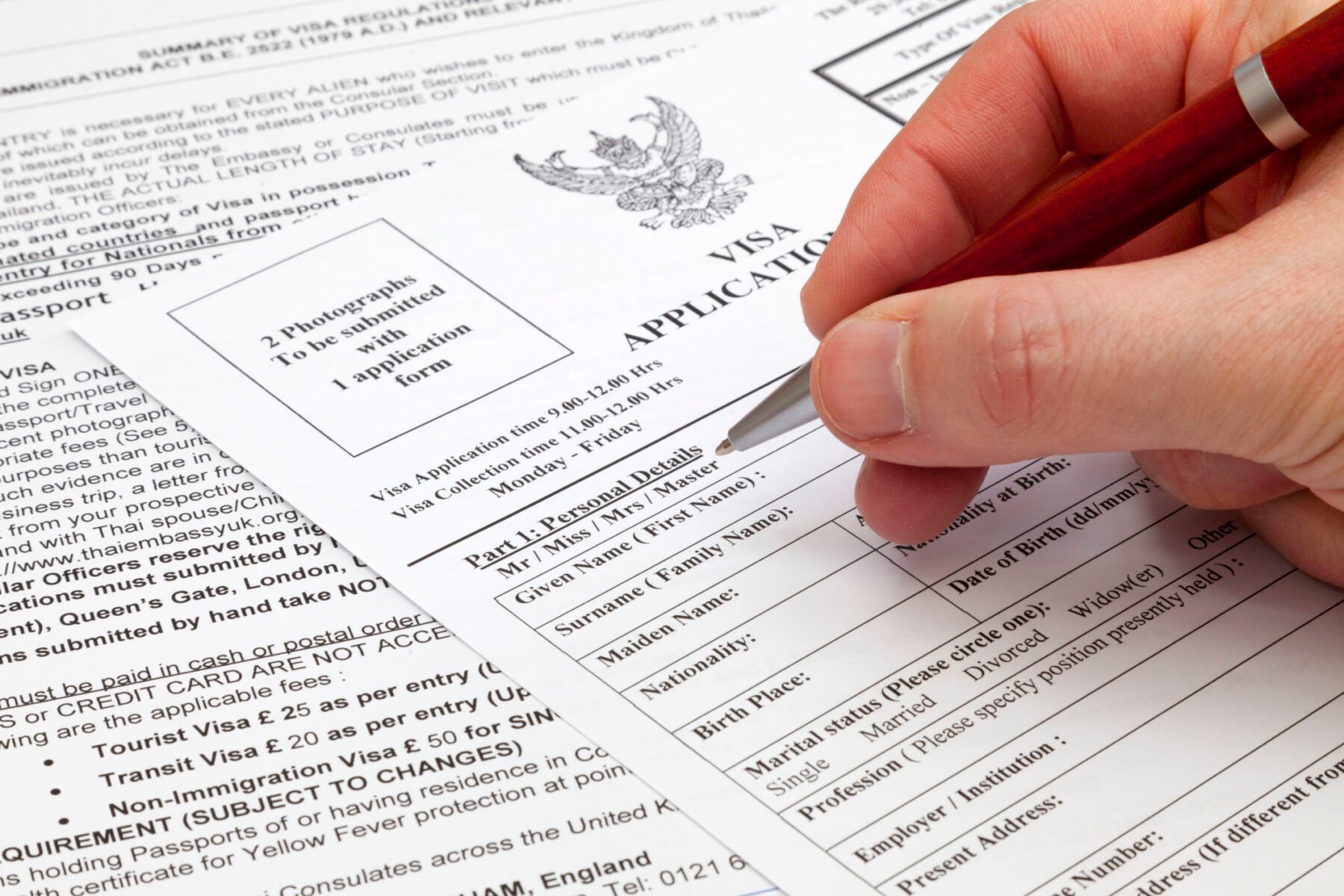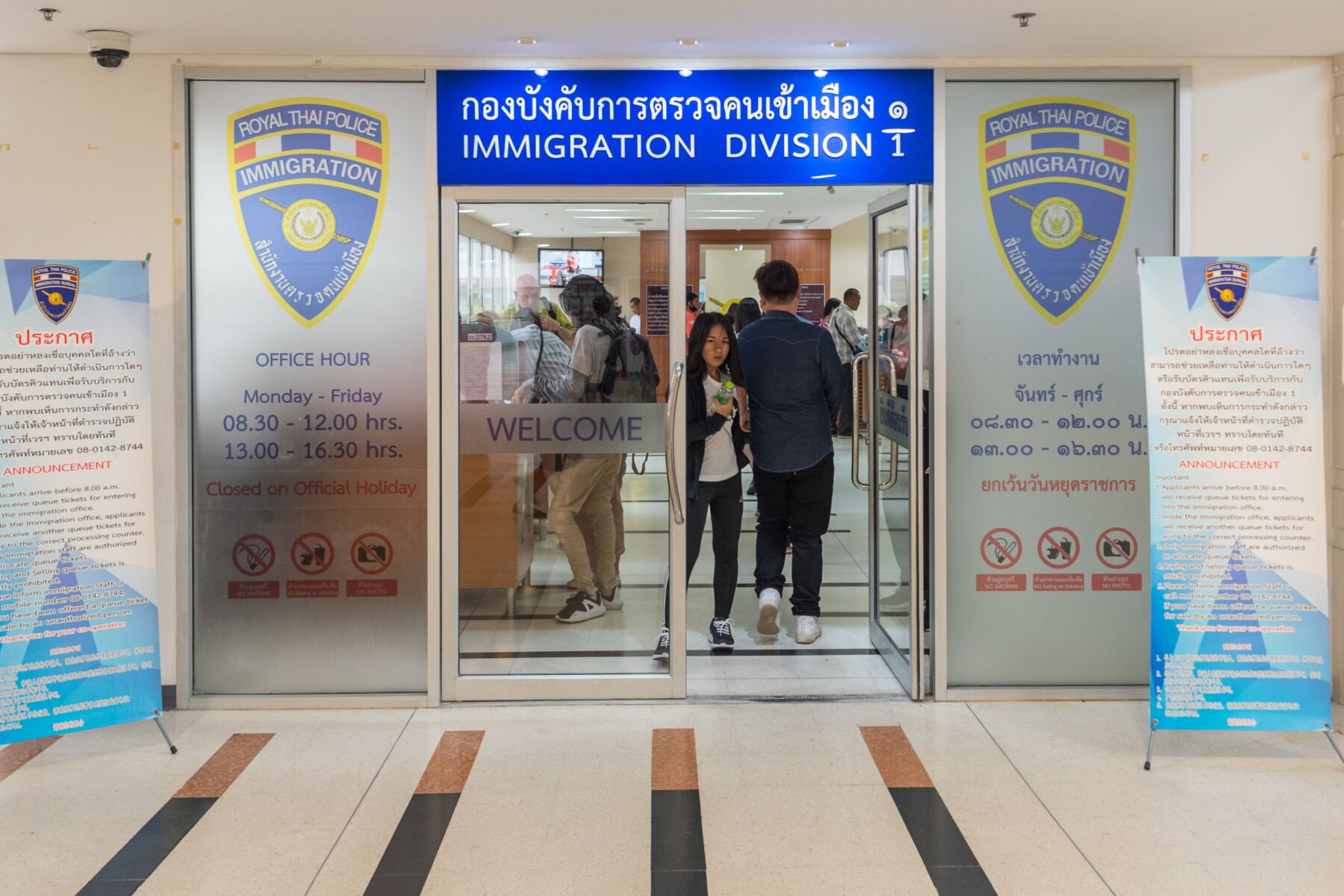What is a Multiple Entry Tourist Visa in Thailand and how to maximise it?

Do you have your heart set on spending an extended time basking in the tropical sun, exploring bustling markets, dipping into the rich cultural wonders that Thailand offers, and truly experiencing the country? If yes, the Multiple Entry Tourist Visa might be a good option as it allows you to come and go as you please. But what is it exactly, and what are the benefits? Keep reading to find out!
What is a Multiple Entry Tourist Visa?
For those with plans of multiple visits to Thailand, the Multiple Entry Tourist Visa might be a good option. This type of visa allows its holder to stay in Thailand for up to 60 days per trip. This could translate into two months on the sandy beaches of southern Thailand, a short detour to Bali, followed by a return to Thailand’s northern mountains. It’s also an ideal choice for medical tourists requiring frequent visits to Thailand for ongoing check-ups, as well as those who have families who live in the country. This visa facilitates a variety of experiences without the need to apply for a new visa each time.
The visa is valid for 6 months from its approval date, within which the holder can enter the country an unlimited number of times. However, you can only stay a maximum of 60 days per visit. On arrival in Thailand, a 60-day stay permission stamp is placed in the holder’s passport. If the traveller enters Thailand on the last day of their visa validity, they still get the full 60 days to stay.
In addition to allowing you to enter and leave Thailand whenever you want, one of the Multiple Entry Tourist Visa’s perks is its versatility with entry points. Visa holders can enter Thailand via air, land or sea, making it flexible for those travelling from varying locations.
Keep in mind that the Multiple Entry Tourist Visa is only issued for tourism, leisure, or medical purposes only. This means that you can’t work and earn income, study long-term, or join volunteer activities in Thailand using this visa. For these purposes, you need another type of long-term stay visa.
How can you obtain a Multiple Entry Tourist Visa?
There are two main ways you can apply for a Multiple Entry Tourist Visa: through the online Thai e-visa system or with a traditional application via a Royal Thai Embassy or Consulate
Online application

If you’re eligible for the online application, the process is pretty quick and convenient. You’ll need to create an account and submit the following documents:
- A current passport with more than 6 months of validity
- A completed visa application form (be sure to print this out and include the barcode)
- Travel booking confirmation
- Proof of accommodation, such as an invitation letter from a friend or family in Thailand and hotel booking.
- Financial evidence that shows a balance of 200,000 THB to prove financial stability over a 6-month period. It can be bank statements, proof of earnings, or a sponsorship letter from your employer.
After you complete the e-Visa application and it’s approved, you’ll get a confirmation email. This should be printed and used for travel purposes, providing evidence to airlines and Thai Immigration. You don’t need to submit your original supporting documents and your passport at a Royal Thai Embassy or Consulate.
Applying through a Royal Thai Embassy or Consulate

Nationals from certain countries may be ineligible for an e-visa due to additional requirements. If you’re ineligible, you can revert to the traditional method of contacting their local Thai Embassy. Make sure to make an appointment since many embassies don’t allow walk-ins. Plus, the requirements can change from time to time without notice, so making an appointment beforehand allows you to confirm the required documents and fees.
In general, you’ll need the following documents when applying at a Thai Embassy or Consulate:
- A passport that is valid for at least 6 months
- A completed and signed visa application form
- A passport photo (4 x 6 cm) that isn’t older than 6 months
- Proof of travel booking
- Proof of accommodation
- Financial statement to prove you can cover the stay of your trip (200,000 THB)
Be sure to translate all documents in a foreign language into English or Thai. The documents will also need to be certified. The estimated cost of a multi-entry tourist visa can vary from $150 – $250 USD.
The visa application process involves gathering required documents, scheduling a visa appointment with the local Royal Thai Embassy, attending the appointment for submission of documents and biometrics, and eventually waiting for the application to be processed. Well-prepared applicants will have nothing to worry about as the interview process typically calls for truthful responses to questions, supported where needed with documentary evidence.
Once your application is approved, you usually need to collect the visa from the embassy. However, some embassies offer the convenience of mailing your visa to you.
Can you extend your tourist visa?

Yes, you can extend your tourist visa. If your 60-day stay in Thailand on a Multiple Entry Tourist Visa is proving to be too short, you can extend your stay by an additional 30 days. This can be accomplished by visiting a local Thai Immigration Office and paying a fee of 1,900 THB in cash. With the extension approved, a fresh stamp will be placed in your passport, marking a further 30-day stay from the day of application. It’s advisable to start this process towards the end of your initial 60-day visit, ensuring you make the most of your extended stay.
It’s really important to avoid overstaying the period indicated on your visa. An overstay would result in a penalty of 500 THB per day and could impact future visa applications. It’s best practice to visit the local immigration office before your current 60-day stay expires. Note that Thai Immigration offices are closed on weekends.
Renewing your Multiple Entry Tourist Visa
When your 6-month validity period runs out and you’re still keen on hopping in and out of Thailand, a renewal is necessary. Just remember, you can’t renew your multiple-entry tourist visa while you’re in Thailand. You’ll need to reach out to the Thai Embassy or Consulate back in your home country to get this sorted. Interestingly, nationalities have the option to apply through Thai embassies located in countries near Thailand, giving you a bit more flexibility in your application process.
How to maximise your Multiple Entry Tourist Visa

Now, if you’ve got a Multiple Entry Tourist Visa, you must be thinking about one thing – “How can I take full advantage of it?” Well, keep in mind your visa will grant you multiple entries, but each stay is good for 60 days. So just before your 60-day end, you have to briefly exit Thailand and return to reset the counter. The trick is in the planning – ensure you account for these border runs in your itinerary to discover neighbouring countries like Cambodia, Vietnam, Indonesia, Singapore, Laos, Malaysia, or Myanmar for a quick visit. This way, you can maximise your adventure not just around Thailand but Southeast Asia as a whole.
If you want to extend your 60-day stay, make sure to do so towards the end of your 60-day visit since a new stamp will be placed in your passport for 30 days from the date you are at immigration.
Exploring Thailand on a Multiple Entry Tourist Visa can be a grand adventure! Remember, the key is strategic planning. Preparing your visa application with diligence, abiding by the rules, and respecting immigration protocols should make your Thailand journey an unforgettable experience.
Latest Thailand News
Follow The Thaiger on Google News:


























